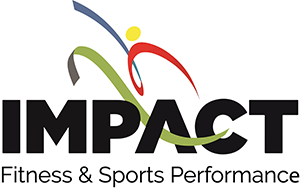The right balance between intensity and volume in training depends on your individual goals and fitness level. However, there are some general guidelines that can help you find the right balance for you.
- Intensity refers to how hard you are working during your workouts. This can be measured by the amount of weight you are lifting, the number of reps you are doing, or the speed at which you are performing the exercises.
- Volume refers to the total amount of work you are doing during your workouts. This can be measured by the number of sets and reps you are doing, or the total time you are spending training.
- The more trained you are, the less volume you typically need, but may vary depending on your goals.
In general, higher intensity workouts will produce greater results in terms of strength and power. However, they can also be more taxing on your body and Lower intensity workouts will produce less results in terms of strength and power, but they are less taxing on your body.
The best way to find the right balance between intensity and volume for you is to experiment and see what works best. Start with a moderate level of intensity and volume and gradually increase it as you get stronger
- Vary your workouts. This will help you avoid plateaus and keep your workouts interesting.
- Get enough rest. Your body needs time to recover from workouts in order to make progress.
- Track your progress. This will help you see how your workouts are affecting your fitness level.
- Proper diet: If you don’t consume enough food pre and pos workout, you will not recover properly. When you workout your body is breaking down your muscle, the only way to build it back up is through a proper diet. Think of this as fuel for your car. If you don’t have fuel in the gas tank, the car won’t work.
By following these tips, you can find the right balance between intensity and volume in your training and achieve your goals:
Here are some examples of how to adjust intensity and volume based on your goals:
- If your goal is to build strength, you would focus on higher intensity workouts with lower volume. For example, you might lift heavy weights for 3 sets of 5 reps.
- If your goal is to build power, speed, or increase your vertical: When this is the goal, it is underestimated how important strength is. You must build strength up first to truly train power in the weightroom. With this considered, using 30-64% of an athletes 1RM paired up with similar plyometrics movement that mimic the strength movement will often help the rate of force development and fast twitch recruitment of the muscle fibers.
- If your goal is to build muscle, you would focus on moderate intensity workouts with moderate volume. For example, you might lift medium weights for 3 sets of 8-12 reps.
